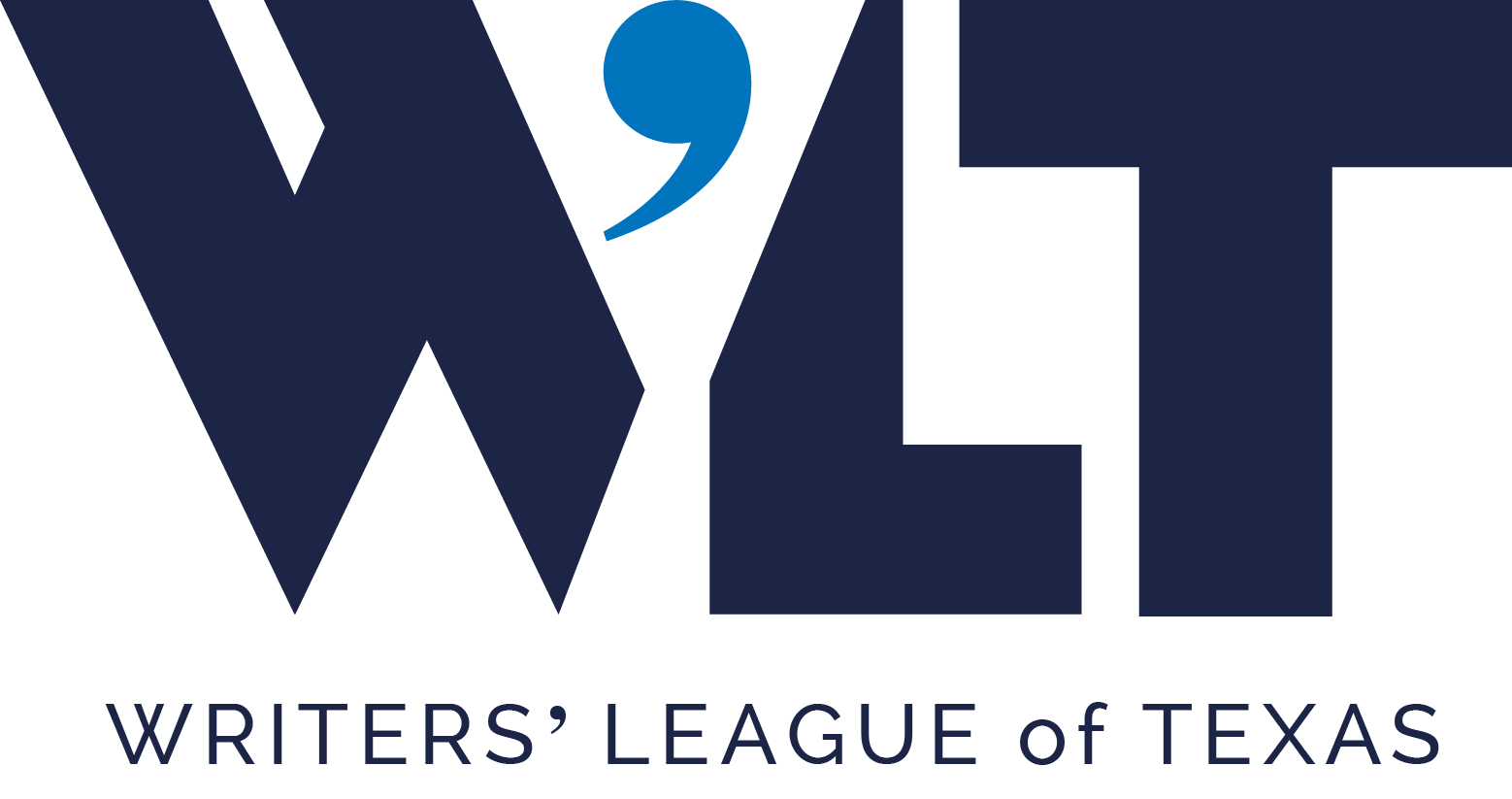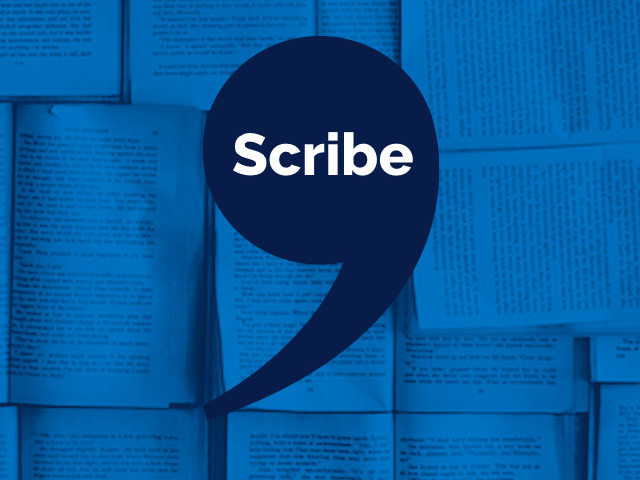“Act Two of a novel is the place where the majority of the story happens, and where emotions and plot get ramped up to almost unbearable levels. It’s the largest part of the story, in every way.”
-Greg Garrett
Greg Garrett is the author or co-author of over twenty books of fiction, memoir, and nonfiction, including the acclaimed novels Free Bird, Cycling, Shame, and The Prodigal. Greg had taught creative writing, literature, and film for over a quarter-century at Baylor University, and has also read, spoken, taught, and led workshops across the U.S. and Europe. A member of the Texas Institute of Letters, Greg has taught highly-rated courses for the Writers League of Texas on novel writing, point of view, dialogue, and many other topics, and enjoys the chance to meet and work with writers at all stages of their careers. He lives with his wife Jeanie and their family in Austin.
Greg is teaching a class for the Writers’ League of Texas called “The Long Middle: What to Do Between Beginning and Ending a Novel” on Saturday, November 19 at St. Edward’s University in Austin, TX. In any long form narrative, the biggest challenge often comes in writing Act Two, which many writers call “The Long Middle.” Read the interview below and visit the class page to learn more.

Scribe: In the class, you’re focusing on Act 2 of novels. For those not familiar with three act structure, what generally happens in Act 2?
Greg Garrett: All stories occur in three acts. Act One is about introduction and initiation. Act Two is about conflict and complication. Act Three is about resolution and recognition. Act Two is the place where the majority of the story happens, and where emotions and plot get ramped up to almost unbearable levels. It’s the largest part of the story, in every way.
Scribe: What makes the middle of novels so difficult to write? Or, are they in fact more difficult than, say, the first 30-50 pages?
GG: Every part of a novel has its challenges. I wouldn’t deny that it’s hard to write beginnings and endings. But over years of teaching novel and screenplay and of judging novel contests, I’ve found that writers often begin well and then go off the rails about halfway through. It’s always a challenge to keep all the balls in the air, to move the emotional arc of the major characters bit by bit, and to simultaneously hold readers back and pull them forward. The middle of any long narrative is the place where writers reveal that they don’t understand structure and where readers give up. If you ask any reader where they stop reading novels, you’ll almost universally discover that their bail-out spot is where they realize (usually intuitively) that the second act is not going well.
Scribe: It seems like every novelist approaches planning and outlines differently. What’s your approach?
GG: The first two of my novels (Cycling and Shame) were written intuitively, and as much as I love those books, I think it shows. It took a while to find the story in them. With Free Bird I was consciously writing from the model of the Hero’s Journey, and with The Prodigal, I was writing very consciously and on a very tight deadline from Blake Snyder’s storybeats in Save the Cat. That’s why I feel that they were my best novel-writing experiences. There’s no question in my mind that planning and plotting beats meandering, and in the novel I’m working on now, I’m again very consciously plotting and planning using structural models so that all three acts fit together. Before I put another word on paper, I want to have a very strong sense of what my story might be and how I’m going to explore it.
Scribe: You’re going to be talking about character development, which some might find surprising. It’s tempting to think of a novel’s opening pages as creating characters and winding them up like wind-up toys and then using the rest of the novel to follow them as they bang along. What sort of character development happens in the middle of a novel?
GG: I had the lovely experience again this year at the Austin Film Festival of working closely with screenwriter James V. Hart, who is one of the great minds I know on story and structure. We did a script to screen conversation about his script Hook, which Stephen Spielberg directed, and over and over again he returned to the idea that I share, which is that characters are on an arc from A to Z in the course of the film. In the first act, characters may make tiny, incremental moves, but in the second, characters pursue most of their movement. It’s typically something like C-X, or something like. If they start off in a place of brokenness, through the course of their adventures, they wind up in a relative place of wholeness (or a place of even greater brokenness!). Characters can only develop through interactions with other characters, so the second act is the place where we see the most character development, where they reveal both their limitations and their possibilities.
Scribe: Will you be using any novels as examples? If so, what makes them good models to learn from?
GG: In our class together, I’ll be talking about Hemingway’s The Sun Also Rises, Suzanne Collins’ The Hunger Games, Ernest Gaines’ A Lesson before Dying, and my own The Prodigal. (And probably also some film examples, like The Godfather.) I always tell my students that there is no need to reinvent the wheel. If somebody else has mastered a technical feat, learn from it, and don’t wander around in the darkness. Each of these books has a strong sense of structure, and each takes characters and readers on an emotional journey, which is why we read. If you can plan your second act in advance, even if you may discover some things about your character and plot in the writing—and we almost always do—you’ll have a sense of where the far shore lies, and how to write toward it. Moses and the Children of Israel wandered in the desert for 40 years because they couldn’t see their destination, but we, as writers, can steer toward the final port for our characters. I see a well-plotted novel as a bridge, with the first and third acts anchored on the shore, and the second act as the span connecting them.
—
Thanks, Greg!
Click here to register for Greg’s class.
Click here for our current class schedule.









